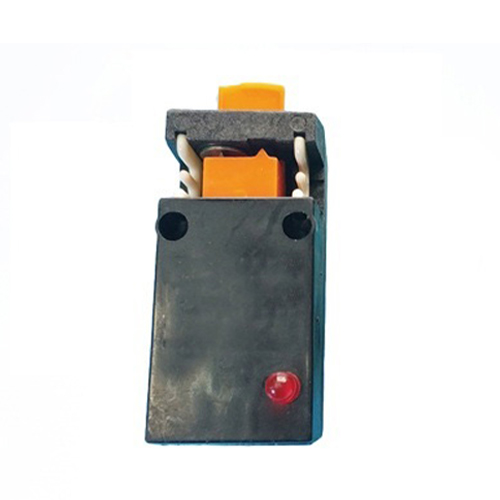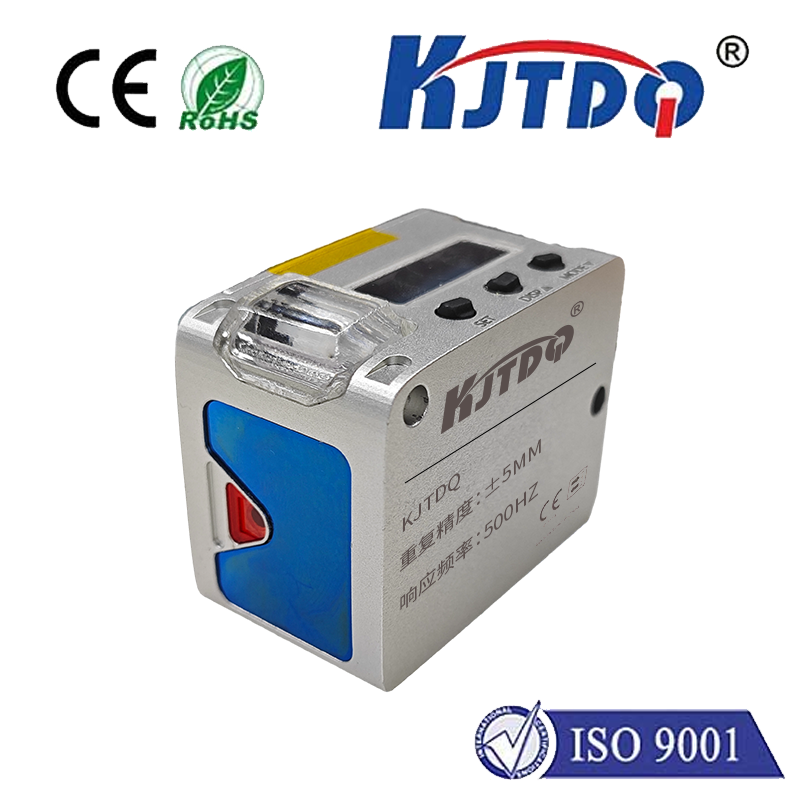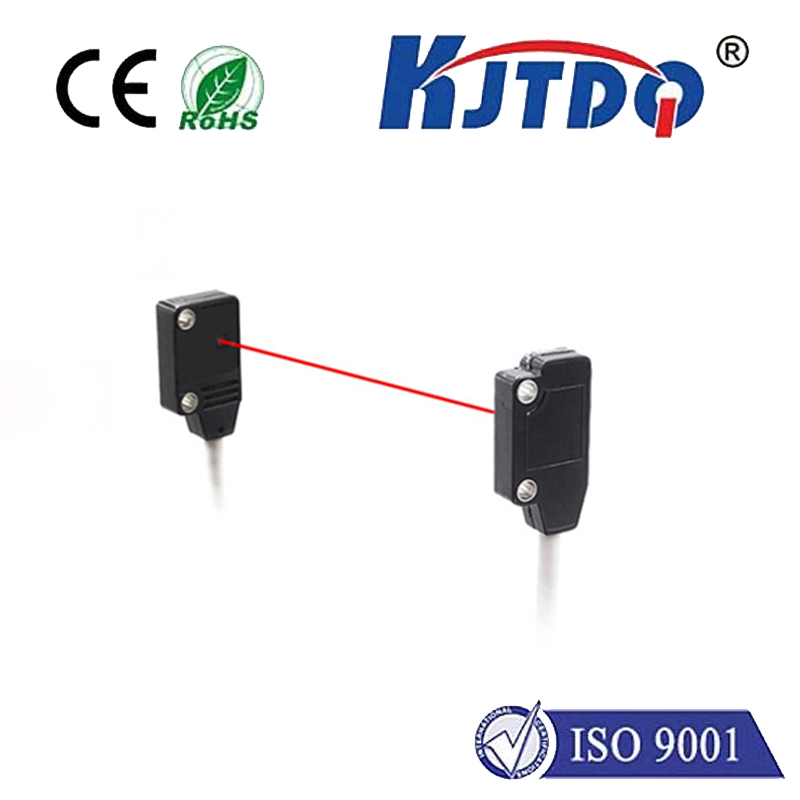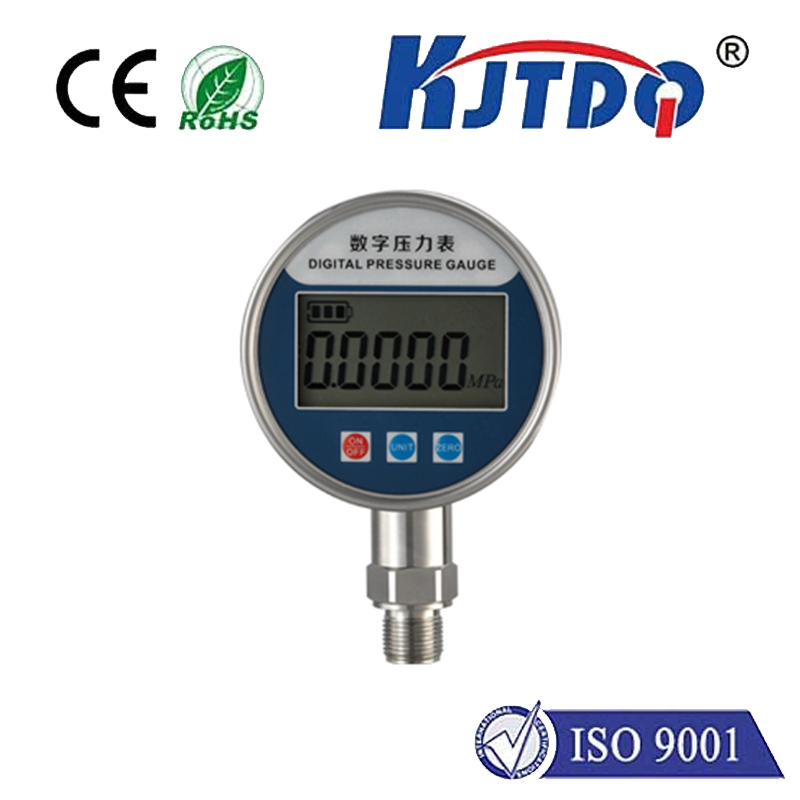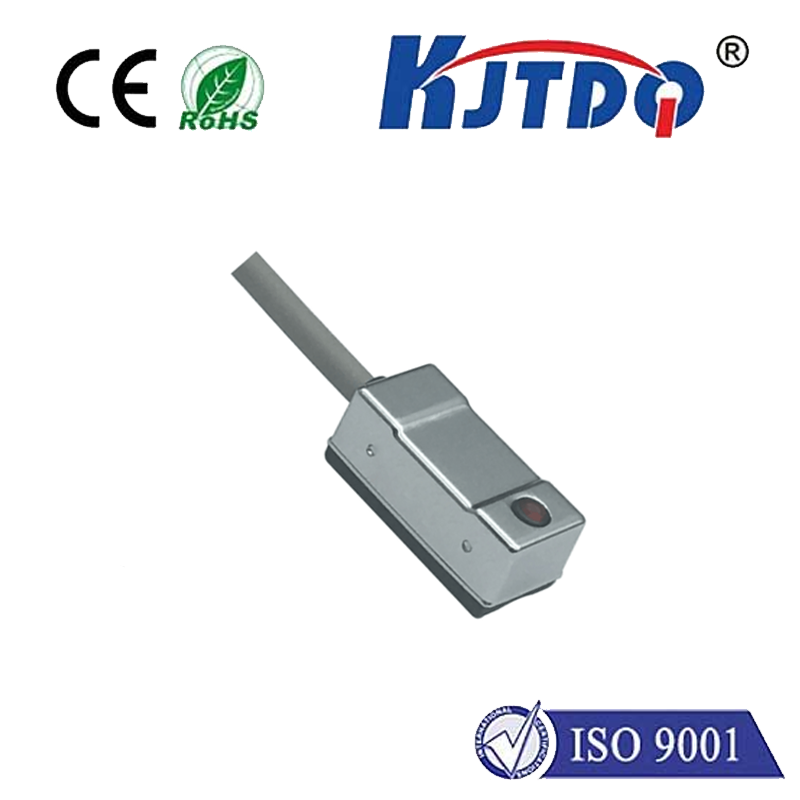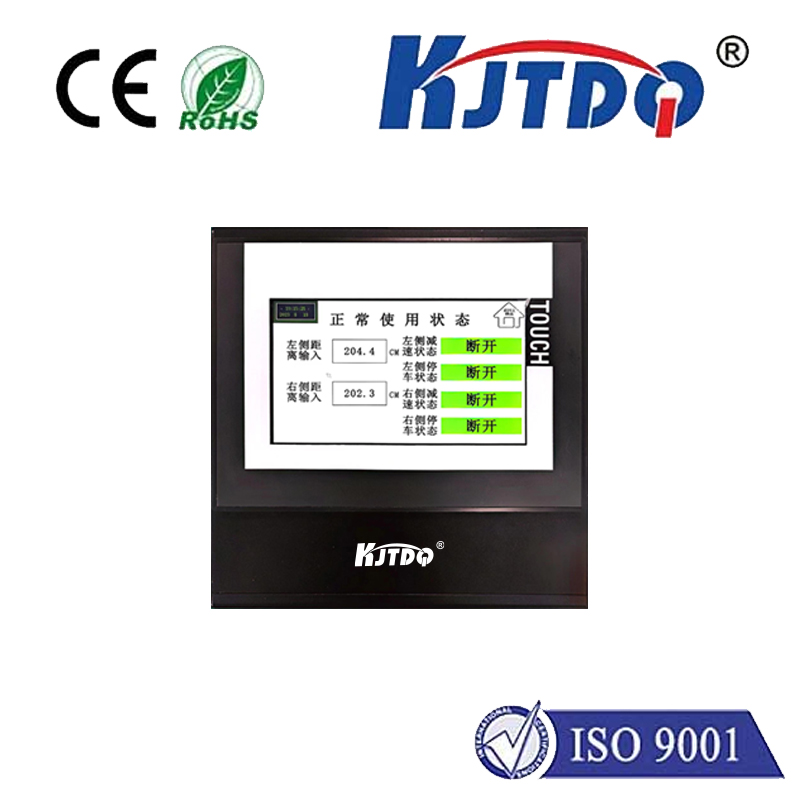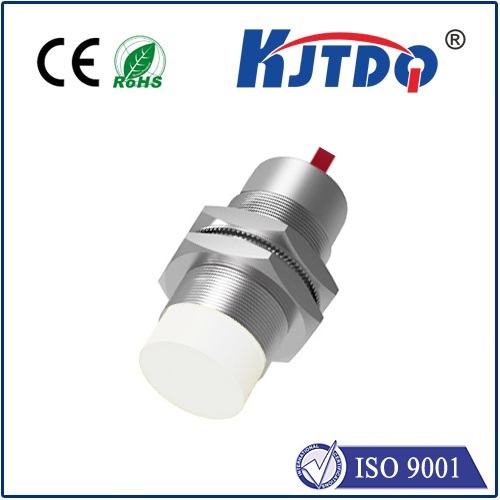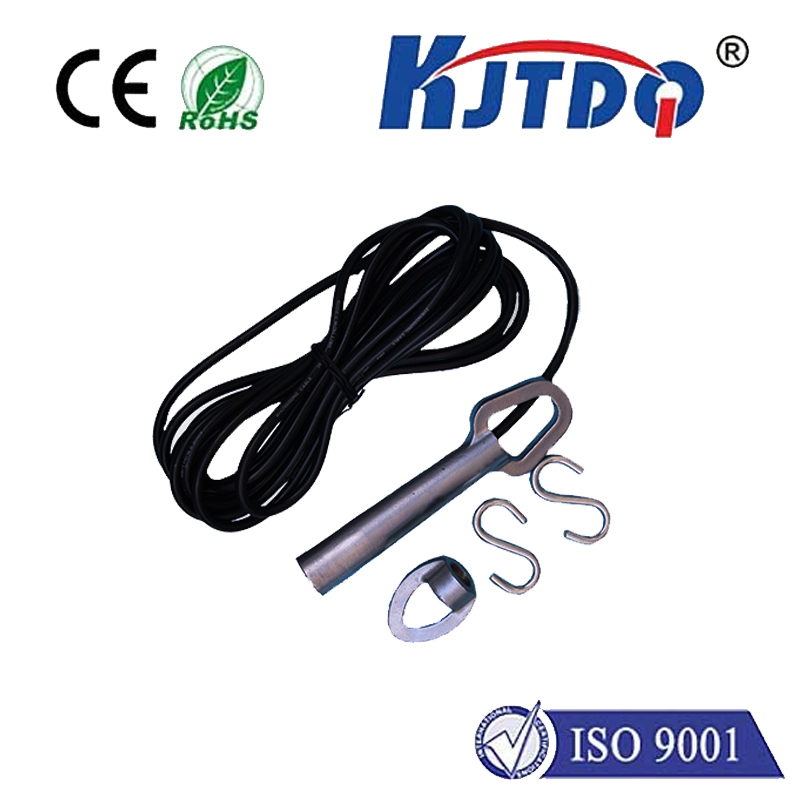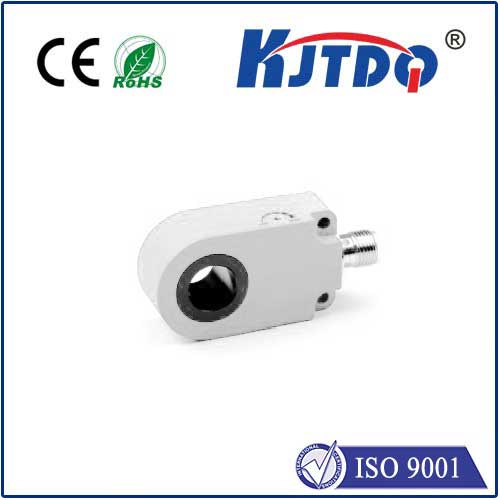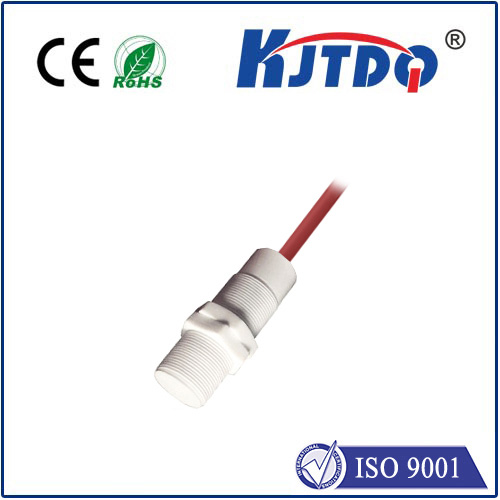Doppler Radar Sensor: Enhancing Weather Monitoring and Safety in Modern Applications
Doppler radar sensors are a crucial component in modern weather monitoring and safety systems, offering a powerful tool for detecting and tracking weather phenomena. These sensors operate on the principle of the Doppler effect, which allows them to measure the speed and direction of moving objects by analyzing the frequency shift of radar waves. This technology has revolutionized how we understand and respond to weather changes, making it an essential part of both environmental and industrial applications.

The core function of a Doppler radar sensor lies in its ability to detect the movement of precipitation. As rain, snow, or hail falls, the radar emits pulses of radio waves, which bounce back from the particles in the atmosphere. By measuring the frequency shift of these returning waves, the sensor can determine the velocity and direction of the particles. This information is then used to create detailed images of the atmosphere, helping meteorologists predict the formation and movement of storms, hurricanes, and other weather events with greater accuracy.
In addition to weather monitoring, Doppler radar sensors are widely used in aviation and transportation. They are employed in airports to detect wind patterns, turbulence, and other conditions that can affect flight safety. The data from these sensors is also used in traffic management systems to monitor vehicle speeds and detect potential hazards, contributing to safer roads and highways.
One of the most significant advantages of Doppler radar sensors is their ability to provide real-time data. Unlike traditional weather observation methods, which often rely on manual measurements or limited data points, Doppler radar offers continuous, high-resolution monitoring. This real-time capability is particularly valuable in emergency response scenarios, where quick decisions can save lives.
However, the effectiveness of Doppler radar sensors depends on several factors, including the quality of the equipment, the location of the sensor, and the surrounding environment. Factors such as precipitation intensity, atmospheric conditions, and interference from other sources can affect the accuracy of the data. Therefore, it is essential to use these sensors in conjunction with other monitoring tools and to maintain them regularly to ensure optimal performance.
In summary, Doppler radar sensors are a vital technological advancement that enhances our ability to monitor and respond to weather changes. Whether used in meteorology, aviation, or disaster management, these sensors play a crucial role in ensuring safety and efficiency in various applications. As technology continues to evolve, the integration of Doppler radar sensors with other advanced systems will further improve our understanding of the atmosphere and our ability to predict and mitigate weather-related risks.
